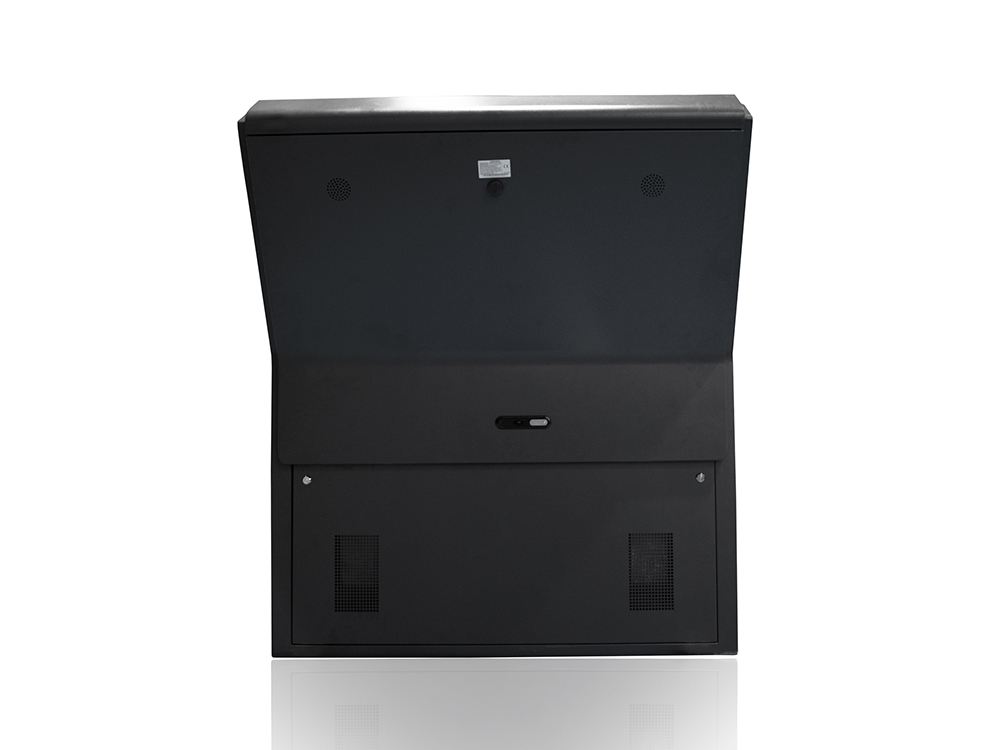Digital Signage and Energy Efficiency
In the era of rapid technological advancements, digital signage has emerged as a powerful tool for communication, marketing, and information dissemination. From bustling urban centers to serene rural landscapes, digital displays have become ubiquitous, captivating audiences with dynamic visuals and real-time updates. However, as the adoption of digital signage continues to soar, so does the concern over its energy consumption and environmental impact. This article delves into the intricate relationship between digital signage and energy efficiency, exploring strategies to minimize its carbon footprint without compromising on functionality or aesthetic appeal.

Digital signage, at its core, refers to electronic displays that showcase visual content such as images, videos, and animations. These displays are found in a myriad of settings, including retail stores, corporate offices, educational institutions, public transportation hubs, and even residential buildings. They serve multiple purposes, ranging from advertising and brand promotion to wayfinding, entertainment, and public announcements. The versatility and effectiveness of digital signage make it an indispensable asset in modern communication strategies.
Yet, the proliferation of digital signage has raised valid concerns about energy consumption. Traditional digital displays, particularly those utilizing liquid crystal display (LCD) or light-emitting diode (LED) technologies, require a significant amount of power to operate. The energy demands of these displays stem from their backlighting systems, processors, and other internal components that enable high-resolution imagery and smooth video playback. As the size and resolution of digital signage increase, so does their energy consumption, leading to higher operational costs and environmental implications.
Recognizing the need for more sustainable digital signage solutions, industry stakeholders have begun to prioritize energy efficiency in their product development and deployment strategies. One of the most effective ways to enhance energy efficiency in digital signage is through the adoption of advanced display technologies. For instance, OLED (organic light-emitting diode) displays offer several advantages over traditional LCDs and LEDs. OLEDs emit light directly from each pixel, eliminating the need for a backlight and reducing energy consumption. Additionally, OLEDs provide superior contrast ratios, wider viewing angles, and more vibrant colors, enhancing the overall visual experience.
Apart from advancements in display technologies, the design and configuration of digital signage systems also play a crucial role in determining their energy efficiency. For example, optimizing the brightness settings of displays to match the ambient lighting conditions can significantly reduce energy consumption. Many digital signage solutions now come equipped with sensors that automatically adjust the screen brightness based on the surrounding environment, ensuring optimal visibility while minimizing energy waste.
Furthermore, the use of energy-efficient components, such as low-power processors and energy-saving power supplies, can further enhance the sustainability of digital signage systems. These components not only reduce energy consumption but also contribute to longer system lifespans, reducing electronic waste and the associated environmental impact.
Another strategy to improve the energy efficiency of digital signage is through intelligent scheduling and content management. By programming displays to turn off or dim during periods of low foot traffic or when the content does not require frequent updates, organizations can significantly reduce their energy consumption. Content management systems (CMS) that enable remote monitoring and control of digital signage networks facilitate this process, allowing administrators to adjust settings and schedules from a centralized location.
In addition to technical innovations, the adoption of renewable energy sources can further enhance the sustainability of digital signage. Integrating solar panels or wind turbines into the power infrastructure of digital signage installations can reduce reliance on grid electricity and lower carbon emissions. While the initial investment in renewable energy systems may be higher, the long-term benefits in terms of energy savings and environmental impact are substantial.
Moreover, the concept of "green" digital signage extends beyond the hardware and energy sources. The content displayed on digital signs can also promote energy efficiency and sustainability. For example, retailers can use digital signage to showcase energy-efficient products, provide tips on reducing energy consumption, and highlight their own sustainability initiatives. Educational institutions can utilize digital displays to educate students and staff about environmental issues and encourage eco-friendly behaviors.
The collaboration between government agencies, industry associations, and private enterprises is essential to drive the adoption of energy-efficient digital signage solutions. Governments can incentivize businesses to invest in sustainable technologies by offering tax credits, grants, and other financial benefits. Industry associations can establish standards and guidelines for energy-efficient digital signage, promoting best practices and fostering innovation. Private enterprises can lead by example, integrating energy-efficient digital signage into their operations and sharing their success stories with others.
Public awareness and education are also crucial in promoting energy-efficient digital signage. Consumers and stakeholders need to be informed about the benefits of sustainable technologies and encouraged to make environmentally conscious decisions. By raising awareness about the energy consumption of digital signage and the available solutions for improving its efficiency, we can foster a culture of sustainability and drive the adoption of greener practices.
In conclusion, digital signage and energy efficiency are not mutually exclusive. Through advancements in display technologies, intelligent design, and content management, as well as the integration of renewable energy sources, we can create digital signage solutions that are both effective and sustainable. By prioritizing energy efficiency in our digital signage strategies, we can reduce operational costs, minimize environmental impact, and contribute to a more sustainable future. As we continue to navigate the digital age, let us strive for a harmonious coexistence between technology and the environment, leveraging the power of digital signage to inform, engage, and inspire while preserving our planet for generations to come.
Application scenarios of digital signage








